Jane was a peroxide Brummie in her mid-thirties. She wore brightly-coloured leotards and leggins after the style of Jane Fonda and pineappled her hair into a scrunchie on top of her head.
During our first yoga class, she kept referring to Mr Iyengar. Mr Iyengar says you should do this, Mr Iyengar recommends you should do that. I had no idea who Mr Iyengar was but he sounded pretty no nonesense – much like Jane, who led my first yoga class with instructions booming out in full Brummie, her arms folded tersely across her chest. She also talked a lot about her time in Poona, which surprised me as I thought she’d be more at home on the beaches of Ibiza than the ashrams of India.
The class took place in the hall of a Catholic primary school; all gleaming dark-wood floors, random ropes hanging from the ceiling, chipped wooden climbing bars, and an old burgundy vaulting bench disgorging its stuffing (just as I was about to disgorge mine). The hall smelled of ancient wood-polish, plastic chairs and the boredom of assemblies. The class windows were chequered with little anti-smash metal grids that I’ve always found inexplicably saddening and the empty playground, with its rings and hoops and semi-circles painted on the ground, looked arid and forlorn in the fading evening light.
This was yoga in the nineties. To wit, the practice space included,
- No incense sticks or oil burners
- No ambient music
- No atmospheric lighting
- No poetry readings
- Yoga mats came in swimming bath blue or toilet cleaner green and were so toxic you could smell the chemicals coming off them once they warmed up
- No smooth, humming guru-like delivery of instructions
- No branded yoga-wear
- No merchandise
- No shrine
- No statues of Shiva doing the cosmic dance
- No candles
- No branded, paraben-free bottles full of coconut water, spinach smoothies or electrolytes
- No uplifting quotes about joy being in you in distressed, driftwood frames
- No piles of stones looking Celtic and meaningful
- No talk of chakras
- No posters of chakras
- No mention of diet
- No vague talk of karma or the Bhagavad Gita
And, with the exception of me, no men and nobody under the age of 50 (I was 24 at the time). Which is to say, the class sank or swam on the hard-won knowledge of the teacher and the integrity of the yoga system.
This was Iyengar Yoga, sometimes dubbed yoga for accountants on account of its strict, inflexible instructions and obsession with minutiae (for example, what was the correct amount of pressure that should be exerted by the mound of your left big toe. Mound of your left big toe?).
This class was not about flow and grace and ease and peace. Militaristic in its approach and delivery, it was the opposite of the touchy-feely, flowing yoga that, along with merchandise and trailers for the teacher’s next Costa Rica jungle retreat, has come to dominate modern yoga studios (many of which I’ve taught at).
Nevertheless, by the 3rd week, when I cranked my stiff and blokey body into Triangle pose, tears were pouring down my face.
It is said that the body keeps the score, that traumas get locked in your body, the toxic energy of the experience fossilised deep within. So that when, together with deep breathing, you take your body into a particular yoga asana, that old, sorrowful energy gets freed up and released.
This was how it felt to me. It was sweet and astonishing and liberating. And little by little, I felt like a new person (or the old person I was before my body and psyche was cladded with misery and fear).
This is, amongst other things, the aim of the practice. NOT, to get your body, in the parlance of our modern, image-obsessed culture, ‘beach-ready’
These benefits notwithstanding, I still could NOT sleep!
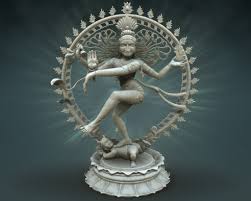
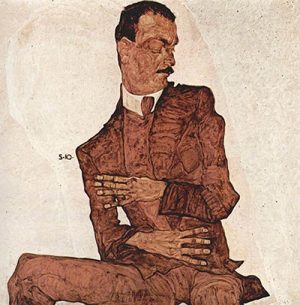
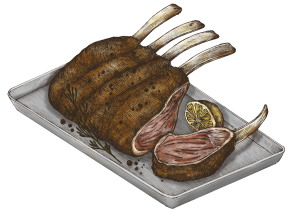
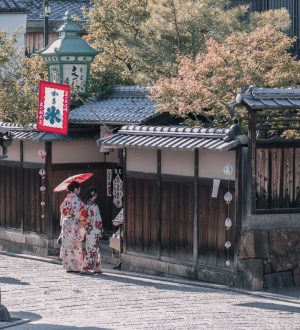


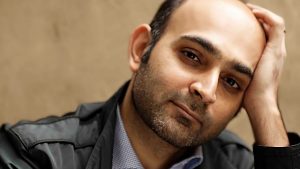


0 Replies to “The Body Keeps the Score (2/3)”